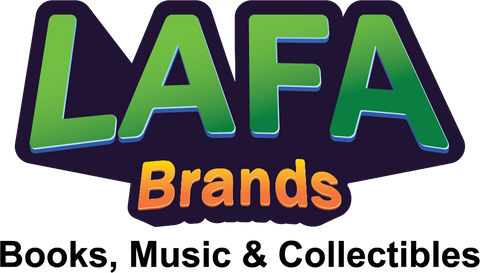
Rush to Danger
Noted military historian Ted Barris once asked his father, Alex, “What did you do in the war?” What the former US Army medic then told his son forms the thrust of Barris’s latest historic journey—an exploration of his father’s wartime experiences as a medic leading up to the Battle of the Bulge in 1944–45, along with stories of other medics in combat throughout history.
Barris’s research reveals that this bloodiest of WWII battles was shouldered largely by military medics. Like his father, Alex, medics in combat evacuated the wounded on foot, scrounged medical supplies where there were seemed to be none, and dodged snipers and booby traps on the most frigid and desolate battlefields of Europe. While retracing his father’s wartime experience, the author weaves into his narrative stories about the life-and-death struggles of military medical personnel during a century of service.
In this unique front-line recounting of the experiences of stretcher bearers, medical corpsmen, nurses, surgeons, orderlies, dentists and ambulance drivers, Barris explores the evolution of battlefield medicine at such historic engagements as Fredericksburg, Batoche, the Ypres Salient, the Somme, Vimy, Singapore, Dieppe, Normandy, Falaise, Bastogne, Korea, Iraq and Afghanistan. Barris’s sources reveal—like never before—why men and women sporting the red cross on their helmets or sleeves didn’t flee to safety but chose instead to rush to assist.
- In Stock Out of Stock
- Patrick Crean Editions
- 9781443447928
- August 20, 2019
- Stock Photo
- 432
- L 23.7cm x W 16.3cm x H 3.4cm
Book Condition Notes
New: A brand-new, unused, unread copy in perfect condition.
Like New: A copy that looks unread and in perfect condition. Dust jacket is intact, with no nicks or tears. The spine has no signs of creasing. Pages are clean and are do not have any notes or folds of any kind. May have a remainder mark. (usually black or red in colour and is usually a dot or line on the bottom of the book on the page edges).
Very Good: A copy that has been read but is in great condition. May have slight cosmetic defects such as marks, wears, cuts, bends and crushes on the cover, pages, spine and dust jacket if applicable. Pages and dust cover (if applicable) are intact and do not have any notes or highlighting. The spine remains undamaged. May have a remainder mark (usually black or red in colour and is usually a dot or line on the bottom of the book on the page edges).
Good: A copy that has been read but in clean condition. The spine, cover, pages and dust jacket (if applicable) may show signs of wear such as marks, wears, cuts, bends and crushes. Pages and dust cover (if applicable) are intact and do not have any notes or highlighting. May have a remainder mark (usually black or red in colour and is usually a dot or line on the bottom of the book on the page edges).
Acceptable: All pages are intact; the cover is intact. The spine, cover, pages and dust jacket (if applicable) may show signs of considerable wear such as marks, wears, cuts, bends and crushes. Pages can include limited notes in pen or in highlighter, but the notes do not obscure the text. May have a remainder mark (usually black or red in colour and is usually a dot or line on the bottom of the book on the page edges).

